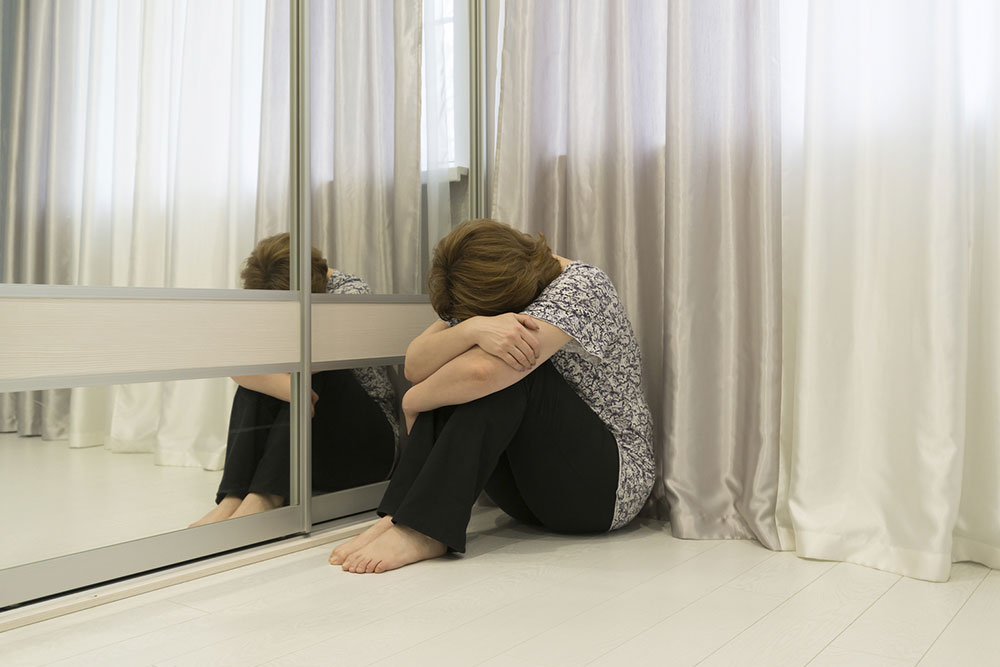
Understanding some key terms on bipolar disorder
Bipolar disorder is a complex disorder with symptoms that may range from subtle to severe, requiring formal diagnosis and customized treatment.
If you, or someone you know, is diagnosed with bipolar disorder, this article will help you learn the meaning of some technical terms that are used in the description of this disorder.
Mania : This term is casually used by people to address all sorts of behavioral patterns in people, but it has a very specific technical definition. Mania specifically means a period of unusually high levels of arousal. The person may report feeling euphoric, extremely energetic and upbeat. Conversely, he may also display high levels of irritability. A person going through a manic episode may be extremely restless and hyperactive, with racing thoughts and rapidly changing ideas. The speech might be faster than usual, with poor articulation or coherence. During manic phases, the person might experience bouts of sleeplessness and may be likely to indulge in risky behavior. Mania might also be worsened by certain stimulants and drugs. Even caffeine can pose a problem.
Hypomania : Hypomania refers to a milder form of mania, where the symptoms are not as full-blown or severe. The person may feel more upbeat or irritable than usual, with a marked increase in energy and alertness. However, this is not dysfunctional as in the case of full-blown mania and tends to have less severe consequences. Where a manic episode may cause risky behavior, hypomanic episodes may merely present as higher levels of confidence. Hypomania is considered as the first and mildest stage of the manic spectrum.
Depressive episode : The depressive episode that forms part of bipolar disorder must not be confused with major depressive disorder, which is a separate illness by itself. Since mood goes through fluxes and phases in bipolar disorder, depressive episodes, however severe, tend to be transient, and eventually ease off, perhaps launching a new cycle. Nevertheless, especially in the case of bipolar disorder II, depressive phases can be quite severe, with intense episodes of despair and hopelessness. In very severe episodes, the person might entertain thoughts of suicide or self-harm.
Mood stabilizers : These are medications that are prescribed to help stabilize mood over a period of time. These form part of long-term management of the disease, and cannot be expected to provide immediate relief. Usually, lithium is the commonest drug used, while certain anticonvulsant drugs may also be prescribed.
Antipsychotics : These may help with full-blown manic episodes, and are usually used for short term treatment from severe manic symptoms.
Electro-convulsant therapy (ECT) : Also known as shock therapy, this is a last-resort treatment where electric currents are passed to the scalp of the patient while under anesthesia, thereby inducing seizures which are thought to provide relief, especially in the case of severe depressive disorders. A round of ECT usually involves multiple weekly sessions. ECT can provide both short-term and long-term benefits.
Given its complexity, bipolar disorder can be intimidating to the patient or caregiver. However, it is completely treatable, and understanding these terms might help you get a better idea of how to manage the disorder.




